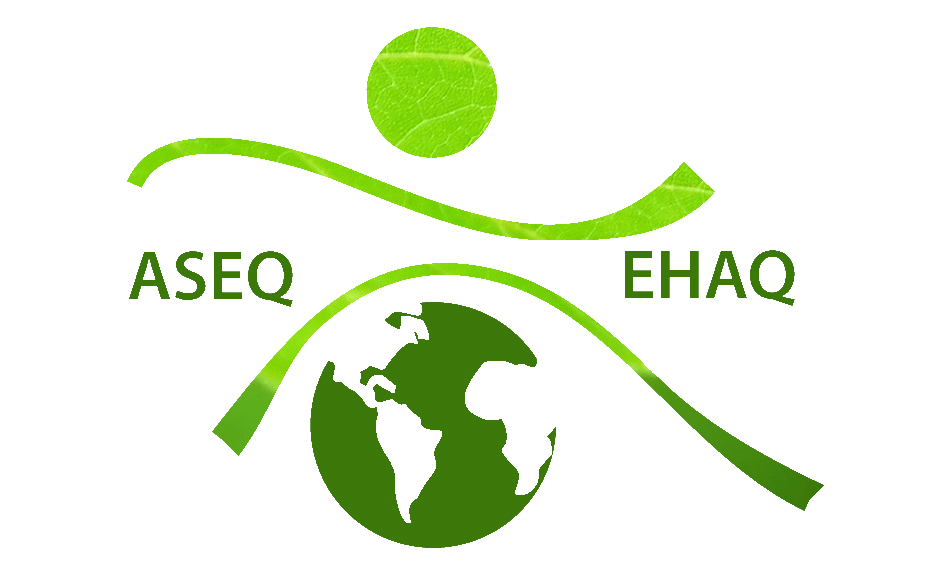A Quick Summary of the IPCC’s AR6: Summary for Policymakers, Part A
Warning: Array to string conversion in /data/vhosts/aseq-ehaq.ca/aseq-ehaq.ca/wp-includes/class-wp-query.php on line 4679
The Intergovernmental Panel on Climate Change (IPCC) just recently released the Sixth Assessment Report (AR6), titled Climate Change 2021: The Physical Science Basis, in which recent understanding, findings, and knowledge from studies on the climate system are integrated into this comprehensive report that can be accessed by anyone: citizens and policy makers alike.
The report has a section titled Summary for Policymakers that summarizes the key findings of the IPCC report. The first section is titled The Current State of the Climate, where a summary of the changes that are occurring in the climate can be found, and how human influence has played a key role in these changes. This section presents four findings, listed below.
- “It is unequivocal that human influence has warmed the atmosphere, ocean and land. Widespread and rapid changes in the atmosphere, ocean, cryosphere and biosphere have occurred” (p.5).
- According to the AR6, each of the last four decades has been increasingly warmer than the previous one since the middle of the 19th century (p.5), with the global surface temperature being 0.99 °C higher from 2001 to 2020 than the second half of the 19th century (p.5). This warming is being caused by increases in greenhouse gas emissions, led by human activities.
- Human-induced greenhouse gas concentrations have reportedly continued to rise since the IPCC’s Fifth Assessment report (AR5) (p.5), with repercussions being extensively felt in the climate system. The impact of human influence can be seen in the rise in global surface temperatures, the increase and change in global precipitation levels and patterns, the retreat of glaciers and the diminishing area of sea ice in the Arctic, the acidification and warming of the global ocean’s surface, the quicker rate of sea level rise, and the shifting climate zones (pp.5-6).
- “The scale of recent changes across the climate system as a whole and the present state of many aspects of the climate system are unprecedented over many centuries to many thousands of years” (p.9).
- Atmospheric carbon dioxide concentrations were at its highest in 2019 than in the last two million years, and methane and nitrous oxide concentrations were also at its highest in 2019 than in the last 800,000 years (p.9).
- The rate and magnitude of carbon dioxide, methane and nitrous oxide concentrations, global surface temperature rise (which has increased at a quicker rate from 1970-2020 than in other 50-year period in the last 2000 years), Arctic sea ice area shrinkage (which reached its lowest level during 2011-2020 since 1850), the rise in the global mean sea level (which has risen quicker since the beginning of the 20th century when compared to any other century in the last 3000 years), and the warming of the global ocean are not synonymous with past patterns and periods (p.9). The speed and immensity of the changes that we are currently seeing in the climate system express that they are not happening in a natural way (p.9).
- “Human-induced climate change is already affecting many weather and climate extremes in every region across the globe. Evidence of observed changes in extremes such as heatwaves, heavy precipitation, droughts, and tropical cyclones, and, in particular, their attribution to human influence, has strengthened since AR5” (p.10).
- Human influence on the climate system has made hot extremes – as well as heavy precipitation – become more frequent and occur at a greater magnitude in most regions across the globe since the middle of the 20th century (p.10).
- A rise in agricultural and ecological droughts has occurred as a result of human-induced climate change (p.10). Flooding (in some regions) and conditions for fires (in some regions of all inhabited continents) have also increasingly become more apparent (p.11).
- Since the AR5, human influence on the climate system has only made heatwaves, heavy precipitation, ecological and agricultural droughts, and tropical cyclone occurrences more frequent and more intense (pp.10-11).
- “Improved knowledge of climate processes, paleoclimate evidence and the response of the climate system to increasing radiative forcing gives a best estimate of equilibrium climate sensitivity of 3°C with a narrower range compared to AR5” (p. 13).
- Radiative forcing (a change in the Earth’s energy balance imposed by anthropogenic or natural factors, and in this situation, it is warming the climate system) has increased by 19% since AR5 (p.13). Increased greenhouse gas concentrations since 2011 act as the main factor in this warming (p.13).
- The heating in the climate system consisted of ocean warming (accounting for 91% of the heating), land warming (5%), ice loss (3%), and atmospheric warming (1%) (p.14).
- Sea level rise is being caused by land ice melting and thermal expansion (from the warming of the ocean) (p.14). Thermal expansion contributed 50% to sea level rise during 1971-2018, ice loss from glaciers contributed 22%, ice loss from ice sheets contributed 20%, and modifications made to land water storage contributed 8% (p.14). Ice sheet and glacier melting, when added together, were the key influences of sea level rise from 2006-2018 (p.14).
- As opposed to the AR5, which estimated a range of 1.5°C to 4.5°C, the AR6 is estimating 3°C (with the range being 2.5°C to 4 °C) for the equilibrium climate sensitivity (p.14).
Citation:
IPCC, 2021: Summary for Policymakers. In: Climate Change 2021: The Physical Science Basis. Contribution of Working Group I to the Sixth Assessment Report of the Intergovernmental Panel on Climate Change [Masson- Delmotte, V., P. Zhai, A. Pirani, S.L. Connors, C. Péan, S. Berger, N. Caud, Y. Chen, L. Goldfarb, M.I. Gomis, M. Huang, K. Leitzell, E. Lonnoy, J.B.R. Matthews, T.K. Maycock, T. Waterfield, O. Yelekçi, R. Yu, and B. Zhou (eds.)]. Cambridge University Press. In Press.
